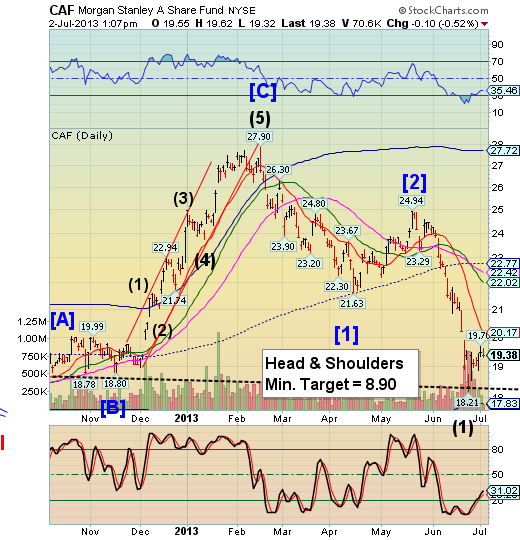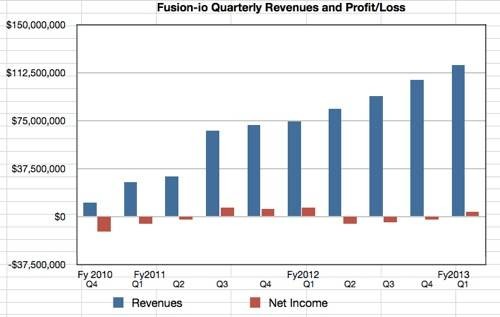Oracle What Market Malaise
Post on: 16 Март, 2015 No Comment

The software maker beat analysts’ expectations last quarter and quelled concerns—for now—that economic woe will cause companies to curb IT spending
As investors looked to Oracle for any signs the summer’s market turmoil might crimp tech-sector sales, the software giant put at least some concerns to rest. Oracle (ORCL) sailed past analysts’ estimates for sales, profit, and orders for its August quarter and issued an upbeat forecast for the period that ends in November.
Oracle’s fiscal first-quarter results include a 26% gain in sales, a 25% jump in profit, and the largest advance in new order bookings in a decade. Numbers like that could augur a bullish start to the string of tech earnings reports due in October. Updates from Intel (INTC), IBM (IBM), Microsoft (MSFT), and SAP (SAP) are all on tap. Investors are looking for signs that a volatile August stock market and a credit and housing crisis could spill over into technology spending. But with corporate software buying packed into the last three months of the year and information technology budgets set through the end of 2007, Wall Street may have to wait a bit longer for a clear picture.
Acquiring Wow Results
For now, Oracle appears to be turning the customers it’s gained through a string of acquisitions into a wellspring of profitable growth. Net income for the quarter was $840 million, vs. $670 million a year ago. Earnings per share came in at 22¢, excluding the cost of stock options, beating analysts’ estimates by a penny. Revenue was $4.53 billion, vs. $3.6 billion in the year-earlier period, an especially strong one for the company. Perhaps more important, sales of new software licenses, a harbinger of future revenue, leaped 35%, to $1.09 billion. Sales of new licenses for applications, the software for specific business tasks such as bookkeeping, were up 65%.
Analysts had expected $4.34 billion in revenue and $992 million in new license sales. It was an all-around spectacular quarter for us, Chief Executive Larry Ellison said during a conference call after results were released Sept. 20. Oracle expects 15% to 25% growth in orders for the current quarter, which began Sept. 1. That forecast also beat analysts’ expectations. I’m a little giddy when I see these numbers, says Goldman Sachs (GS) analyst Sarah Friar. Oracle is one of the first big bellwethers to report since the whole credit crunch. It’s a ‘wow’ result.
Oracle has spent about $25 billion to acquire more than 30 companies in the past three years. It’s using those purchases to wring profitable sales that themselves deliver recurring revenue from tech support, Friar says. As evidence, she points to Oracle’s $2.7 billion in first-quarter net cash from operations, up from $1.6 billion a year earlier. Cash is king, she says. That’s what should drive the stock higher. Shares of Oracle rose 20¢, or less than 1%, to $21.04 ahead of the report. In extended trading, the shares were 10¢ higher.
Across Industries and Above Margins
The hope for Oracle investors in recent years has been that as the company acquires makers of applications software for managing human resources, finance, and other operations in a broad range of industries, customers who buy those products would also buy Oracle’s flagship database software, which works in conjunction with them. Detractors of the stock have warned that eventually the costs of supporting customers of the new software would catch up with the company.
That hasn’t happened so far. And Oracle is starting to capitalize on acquisitions of companies that make specialized software aimed at such industries as telecommunications, retail, and utilities, Ellison said. Companies in those areas already buy Oracle databases, the programs that help companies store, search, and analyze vast reams of data, and middleware, the software that connects disparate applications. Now we want to sell them this industry-specific software, he said. They’re going to be a bigger and bigger amount of our business every year.

Oracle’s profit margins (BusinessWeek.com, 6/27/07)—already among the fattest in software—also continue to rise. Operating margins for the quarter were 37%, vs. 36% a year ago, and could rise as the fiscal year goes on. During the conference call, President and Chief Financial Officer Safra Catz said Oracle’s blockbuster first-quarter bookings would lead to even greater profitability down the road. The new license [result] is adding to the base every quarter and every year, she said. As that continues to grow, it helps us on the margin side continuously.
Catz added that the flow of deals expected to close in the current quarter is strong, and she forecast a 19% to 21% rise in revenue for the November quarter. That would top analysts’ estimates of $4.88 billion in revenue. Catz also predicted earnings per share of 20¢ or 21¢.
Overall IT Spending
The question for tech-stock investors is whether other tech companies will fare as well, and to what extent the summer’s market swings will affect 2008 tech budgets. According to a survey of more than 60 chief information officers by investment bank UBS (UBS) that was released Sept. 5, three-quarters of respondents said concerns about the economy hadn’t caused them to rein in spending. And Cisco Systems (CSCO) on Aug. 7 reported a 25% jump in fourth-quarter earnings that closed July 28, though that came before the depths of the August tumult.
However sanguine companies’ spending plans, market malaise is taking a toll on some corporations’ earnings. FedEx (FDX) on Sept. 20 lowered its earnings outlook for the current fiscal year, citing a weak economy. Investment bank Bear Stearns (BSC), which deals in mortgage-backed securities, reported a 61% drop in profits the same day. Oracle President Charles Phillips said he expects layoffs in the financial sector, but hasn’t seen any notable changes in IT budgets yet. The Federal Reserve on Sept. 18 cut a key interest rate by half a percentage point (BusinessWeek.com, 9/20/07), causing markets to rally and allaying some concerns over how widespread the fallout will be.
We haven’t really seen any evidence of a slowdown in IT spending, says Israel Hernandez, an analyst at Lehman Brothers (LEH). We probably won’t see it until ’08. Assuming that the markets settle down in the next few weeks, we’ve hit bottom. Budgets are pretty much set for 2007. The question is what 2008 budgets will look like.














